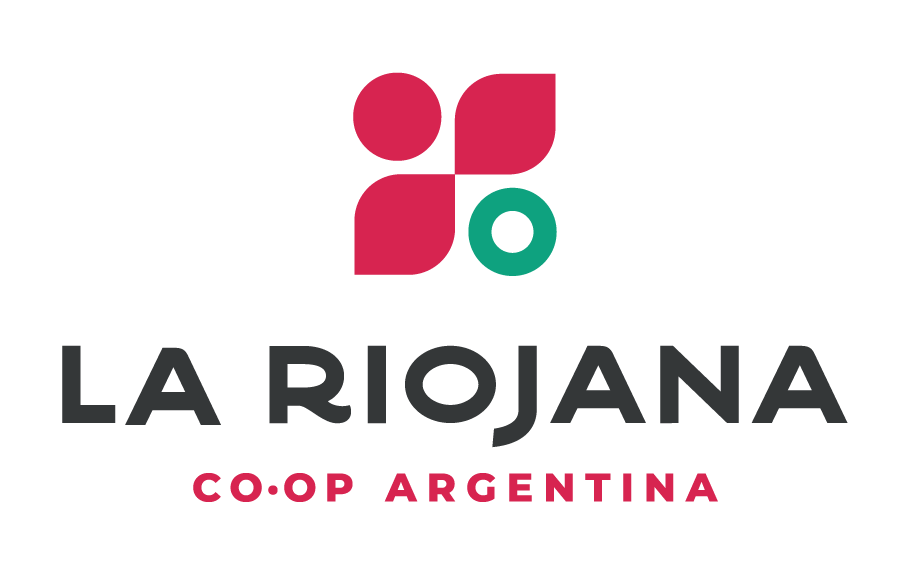Fairtrade history: How did it start?
/The Fairtrade movement began back in 1946 when a woman named Edna Ruth Byler began importing needlecrafts from low-income women in South America.
Since then initiatives to promote Fairtrade practices began to develop with non-profit importers and non-governmental development charities looking at ways to help producers in under developed countries.
Here are the key developments within the Fairtrade movement over the last 50 years (Source: all information from Fairtrade International unless otherwise stated):
Through the 1950s and 1960s Alternative Trade Organisations (ATOs) were set up in different countries as a way to help communities help themselves.
These were aligned to other development organisations and World Shops.
Together the ATOs and World Shops created the network on which the Fairtrade movement was able to establish itself years later.
In 1988, in an effort to expand the distribution of Fair Trade products to mainstream retailers, a Dutch ATO, Solidaridad, created a label, called Max Havelaar, which guaranteed the coffee it bought from small-farmer organisations covered the costs of production.
This was the Fairtrade model that has evolved into what we know today and other similar organisations, like the Fairtrade Foundation (UK), TransFair (Fair Trade USA) and Rättvisemärkt (Finland), were set up across Europe and North America in an effort to create fairer trading conditions for producers of different products.
But each organisation ran their own campaigns and set up separate certification marks.
In 1997 these Fairtrade labelling initiatives formed Fairtrade Labelling Organisations International (FLO), which is now known as Fairtrade International.
Its role was to set Fairtrade Standards, support disadvantaged producers and coordinate the development of global strategy on Fairtrade.
In 2012 Fairtrade producers were given 50% of the vote in the Fairtrade International General Assembly.
The first three FAIRTRADE Mark certified products anywhere in the world were Green & Blacks Maya Gold chocolate, Clipper tea and Cafédirect coffee all of which went on sale in the UK for the first time in 1994. (Source: Fairtrade Foundation).
The first Fairtrade wine anywhere in the world was a Carménère from Chile and was introduced to the UK in 2004 by the Co-operative (Source: The Co-operative Fairtrade Wine Report 2015).
There are now over 4,500 Fairtrade certified products available in the world (Source: Fairtrade Foundation).
In 2014 FLOCERT certified Fairtrade products with a total sales value of €5.5 billon, receiving revenue in return of €10,126,000 to be invested in global Fairtrade projects (source: FLOCERT: 2014 Year in Review).
2014 was the 20th anniversary of the FAIRTRADE mark in the UK.







